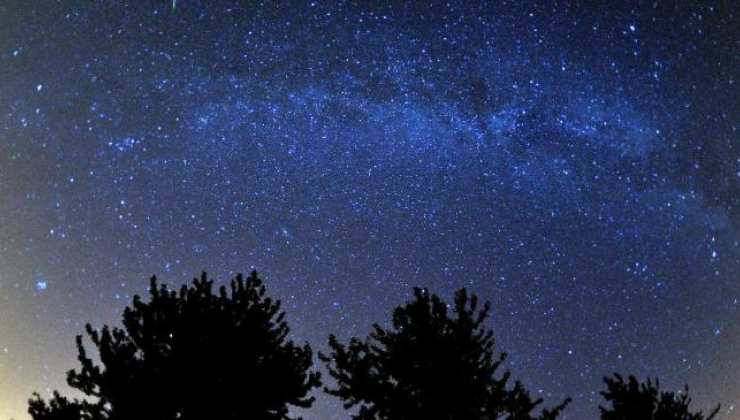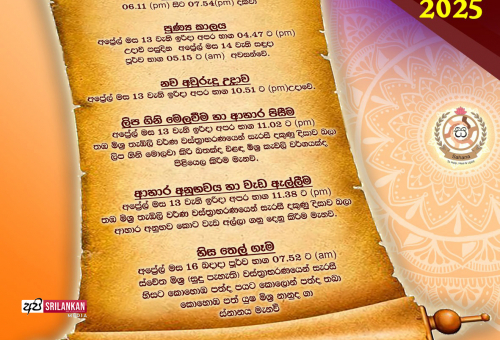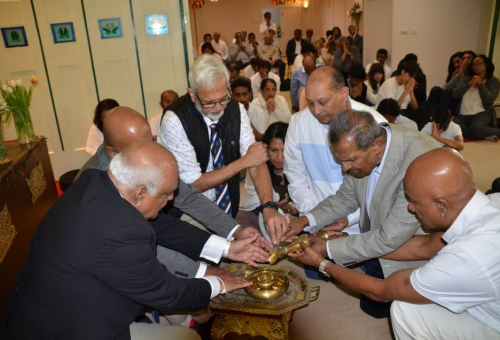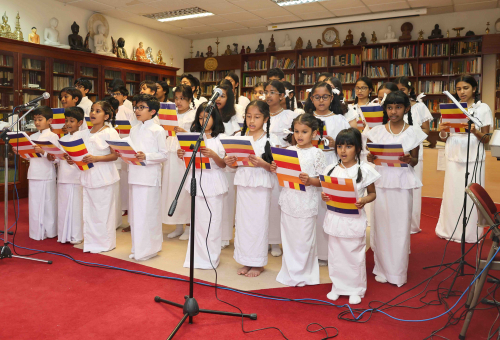A dramatic "supermoon" is set to accompany this year's Perseid meteor shower, one of the most anticipated events on the skywatcher's calendar.
Given a dark, clear sky in a normal year, it is common to see more than 100 of the meteors an hour during the second week in August.
But this year the Perseids have a bright shining rival - a "supermoon".
On Sunday, two days before the meteor shower reaches its peak, the moon will become full.
Coincidentally, it will also have reached the point in its orbit that is closest to the Earth, known as "perigee".
The supermoon will be up to 14% bigger and 30% brighter than other full moons during the year.
On one level, this is bad news, according to Dr Bill Cooke from the American space agency Nasa's Meteoroid Environment Office.
The full moon crested this morning (July 12, 2014) at 6:25 a.m. CDT. (11:25 UTC). Saturday night’s moon will still look full, however, and it’ll be closest to Earth for this month. The moon’s perigee or closest point comes at 3:27 a.m. CDT (8:27 UTC) Sunday morning, July 13. For all of us, around the world, the moon on both Friday and Saturday night comes up in the east around the time of sunset and sits low in the west at dawn.
- bt news








COMMENT